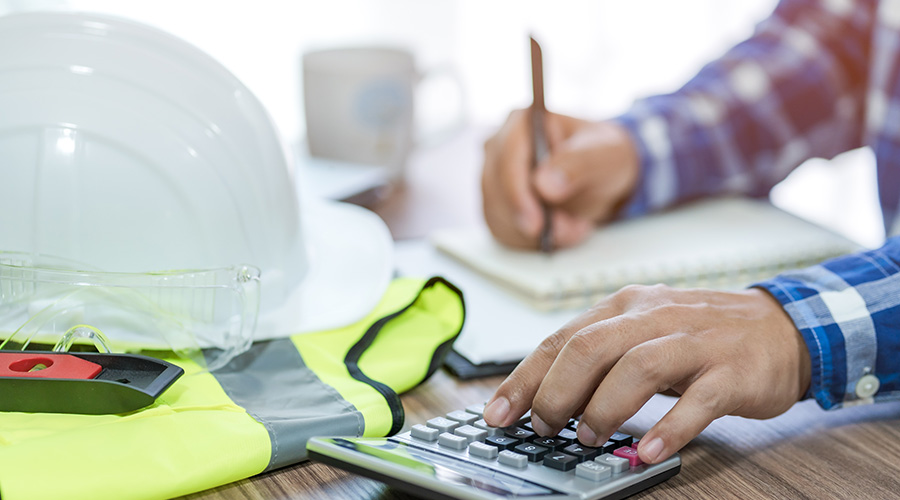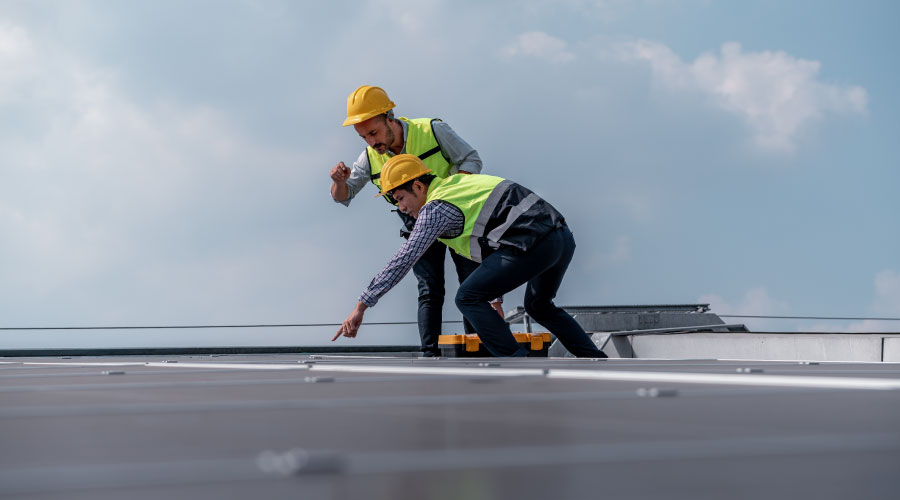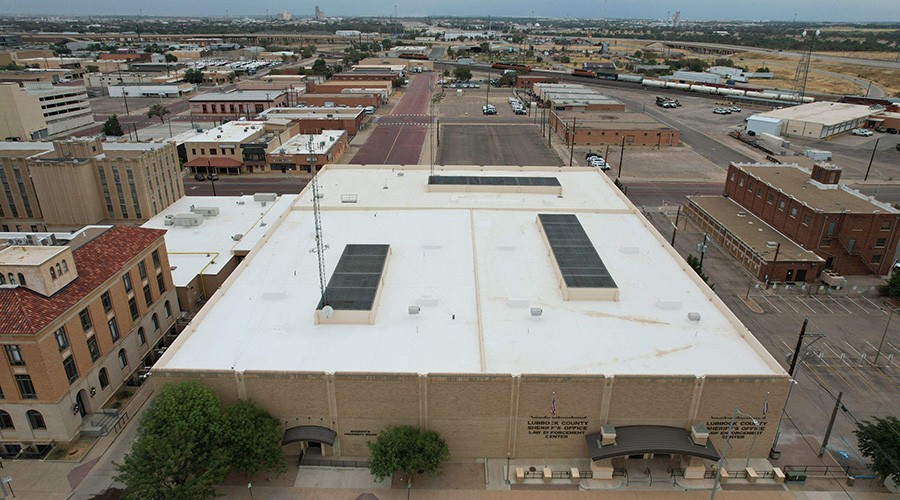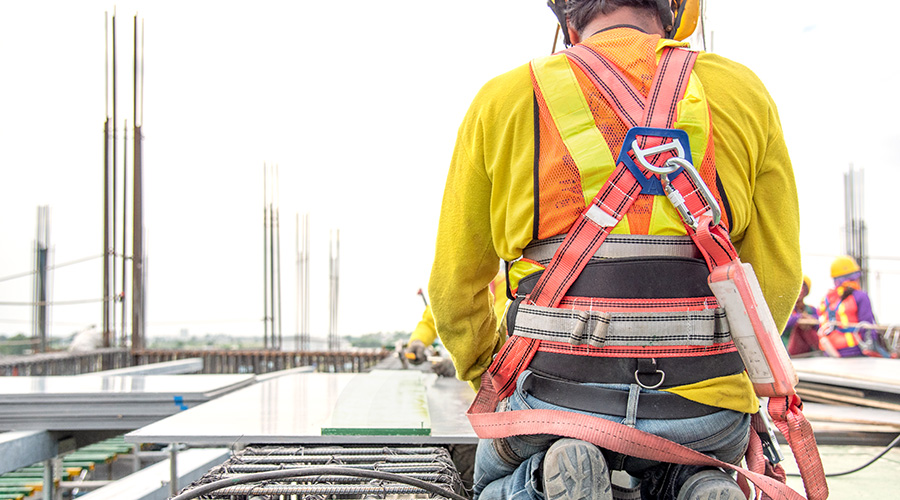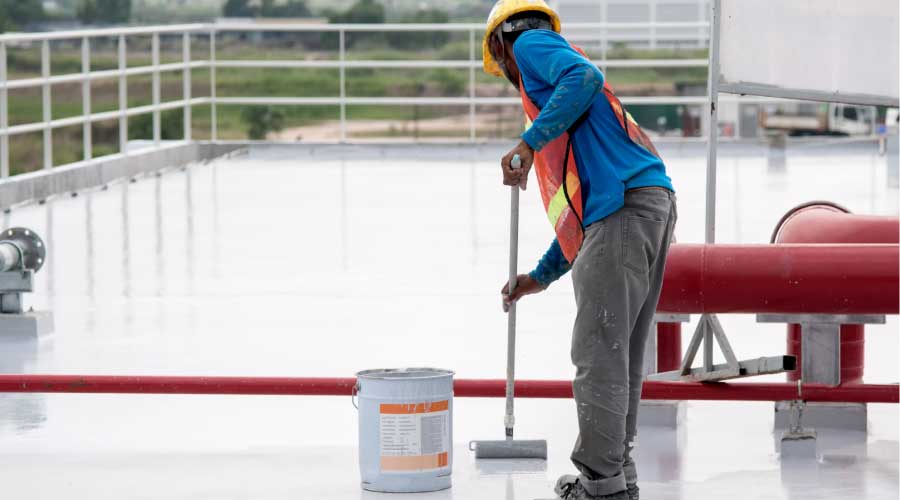Green Roofs LEED to Multiple Benefits
It may be winter, but green roofs are still growing. According to Green Roofs for Healthy Cities, the installed green roof square footage increased 30 percent in 2007 compared with 2006. That follows a growth rate of 25 percent from 2005 to 2006.
In fact, the organization reports fairly steady growth since 2001 — the same year the Chicago Department of the Environment installed a 20,000-square-foot green roof on City Hall, the first green roof installation on a municipal building in the United States. The impetus for that installation was Mayor Richard Daley’s goal to illustrate that green roofs could be used successfully on commercial buildings.
Judging by the growth rate, it seems to have worked. Facility executives’ misperceptions of green roofs — too heavy, too expensive, too leak-prone — are gradually eroding as the cache of green roof installations is expanding rapidly. On a first-cost basis, green roofs are still much more expensive than traditional systems — about 30 to 60 percent, according to most estimates. But a higher first cost isn’t the end of the story.
“When facility executives are looking at green roofs, they’re mostly doing it for the softer reasons, not necessarily to save money,” says Peter Belisle, president of project and development services for Jones Lang LaSalle. “We’re seeing more and more ‘boutique’ green roofs. The message seems to be that many organizations are interested in a very visible example of their commitment to sustainability.”
As the green building industry has matured, harder-to-quantify benefits, like improved public perception and recruitment of young talent, are resonating more strongly with upper management. Because facility executives may have trouble hitting their usual threshold of an acceptable ROI, it’s even more important to define clearly why exactly they’ve selected a green roof. The justification has to come from a combination of the soft benefits and real-world evidence. Facility executives may have to prepare themselves for opposition, both because of cost and because green roofs are a non-traditional strategy. The fact that green roofs are often part of renovation projects or part of larger long-term green goals — LEED for Existing Building certification, for instance — may strengthen the argument.
“A green roof is usually a spoke on the wheel of a bigger project,” says Belisle. “And it’s important to figure out what you’re trying to accomplish from a business perspective.”
For instance, the project team selected a green roof on Northwestern Memorial Hospital’s new 940,000-square-foot Prentice Women’s Hospital in Chicago largely so patients would have a soothing view of nature, as opposed to air handlers or gravel, from its patient-room-tower, says Alicia Murasaki, senior project manager, campus development. Additionally, Murasaki says preventing stormwater from running into Chicago’s often-overtaxed sewer system is a nice benefit for the community and will help the hospital achieve its LEED Silver goal.
But there was a business case for the green roof as well, she says, citing evidence-based design studies that show a link between views of nature and quicker recovery. An oft-cited study by Roger Ulrich, a professor of architecture at Texas A&M University, for instance, showed that patients with views of nature needed less pain medication and had shorter hospital stays than those with a view of a brick wall.
Related Topics:






